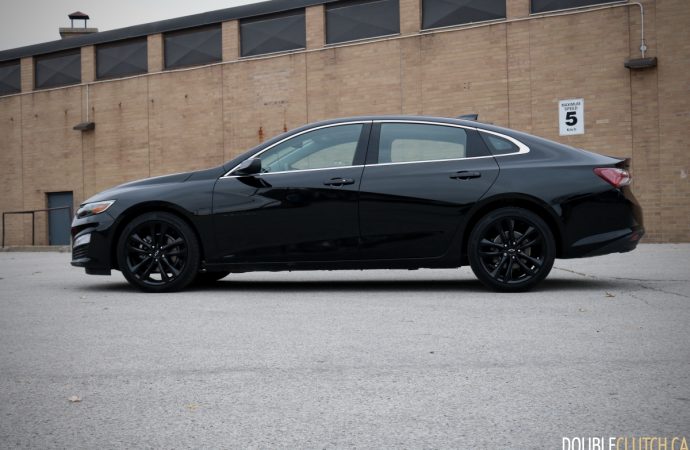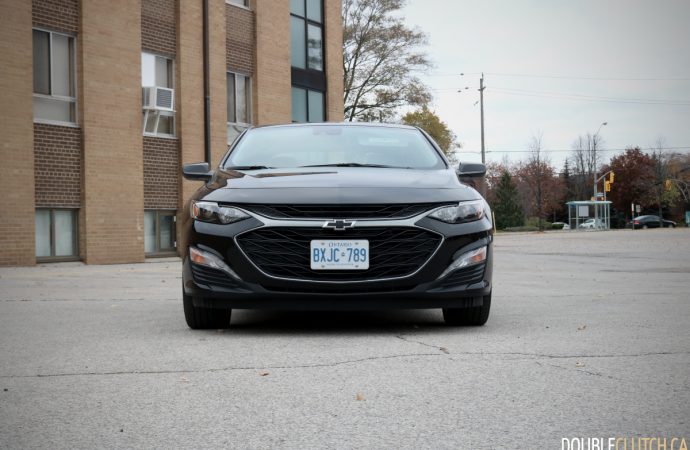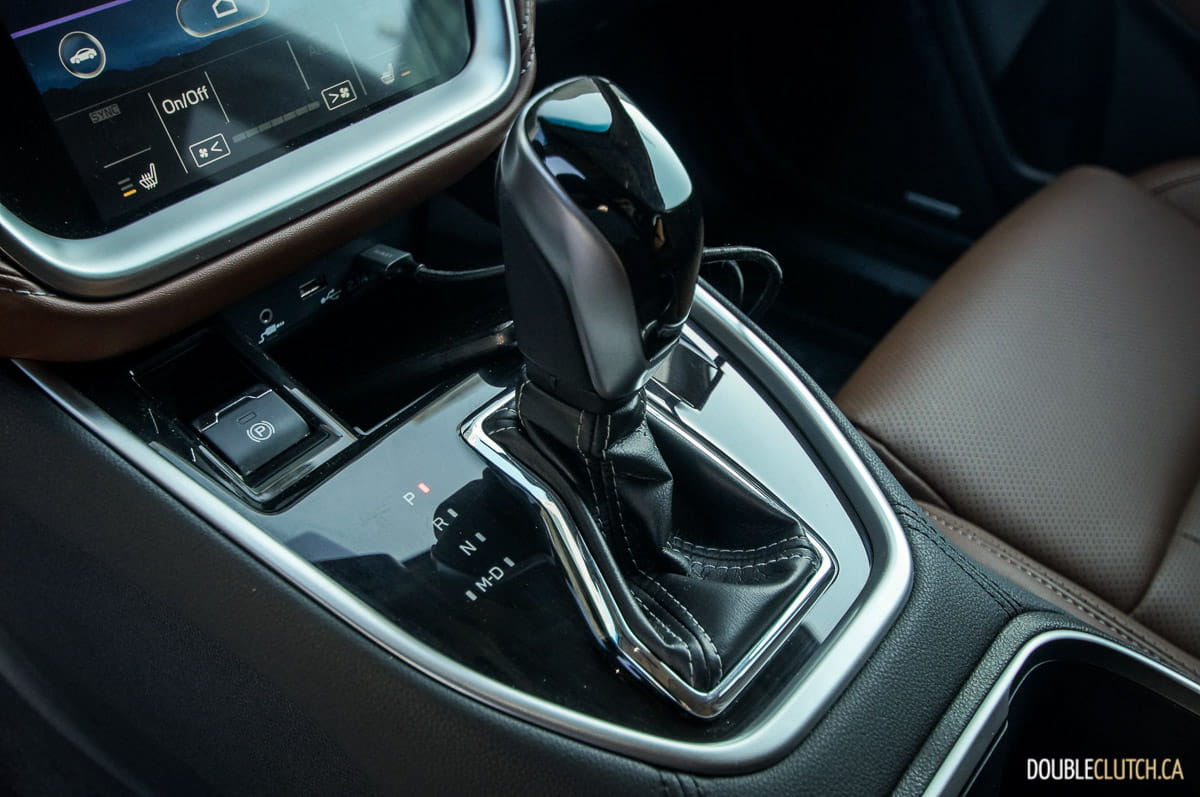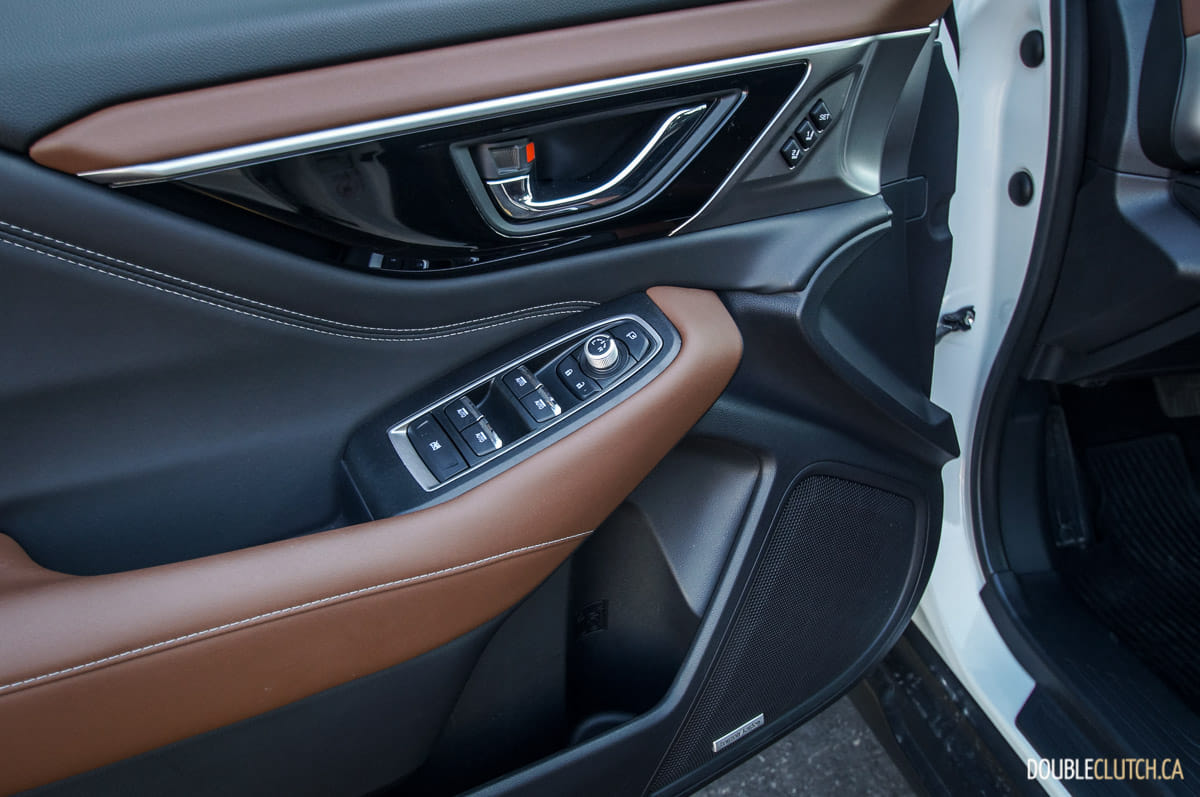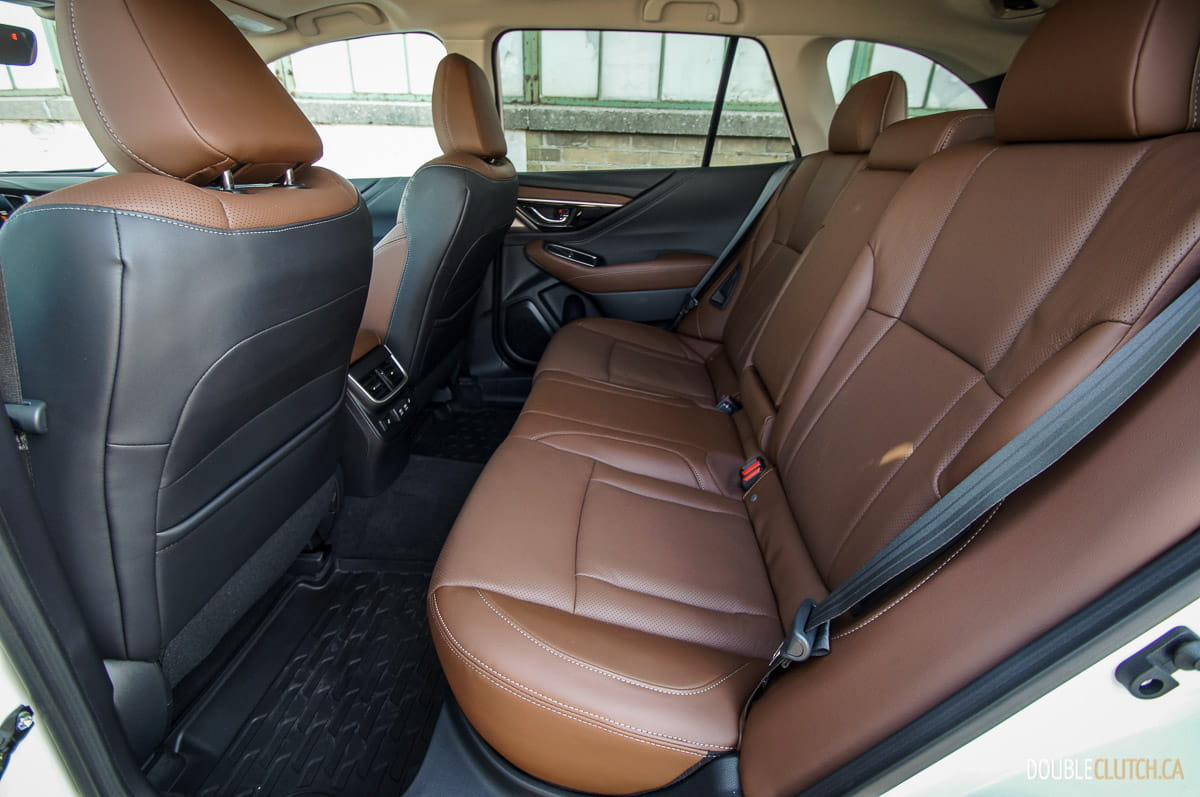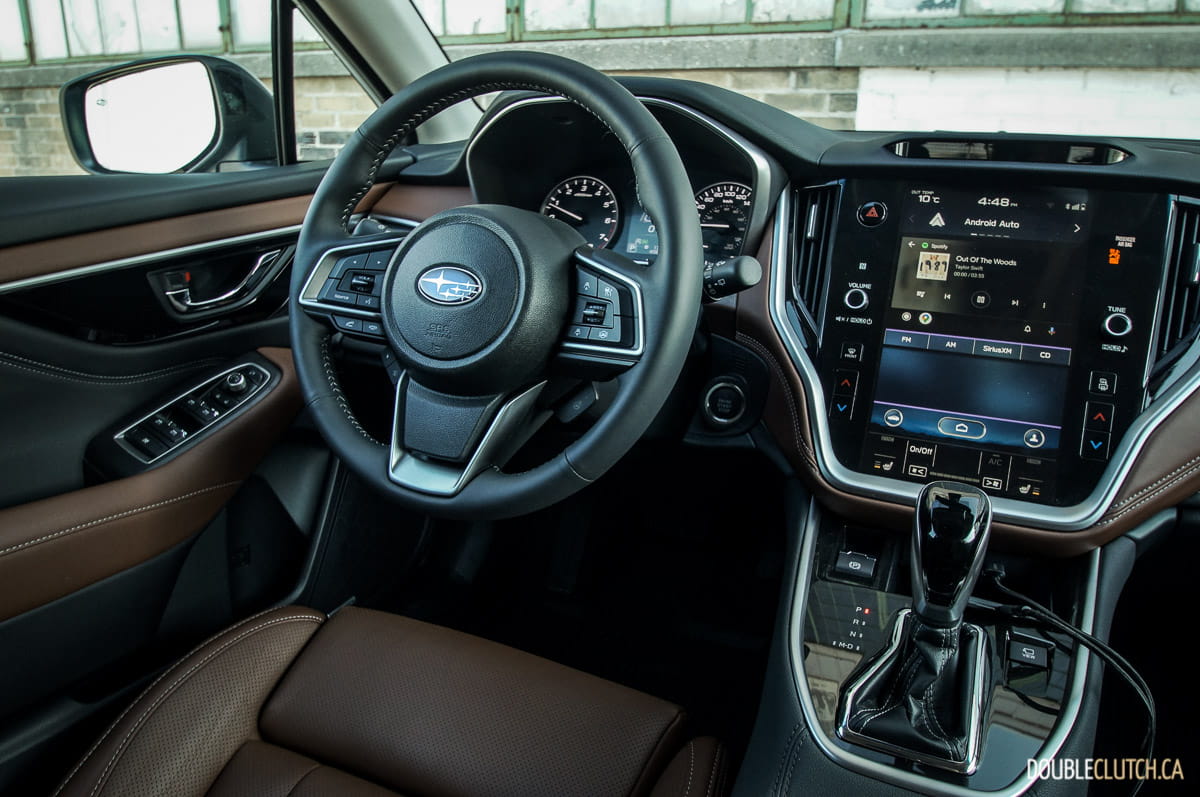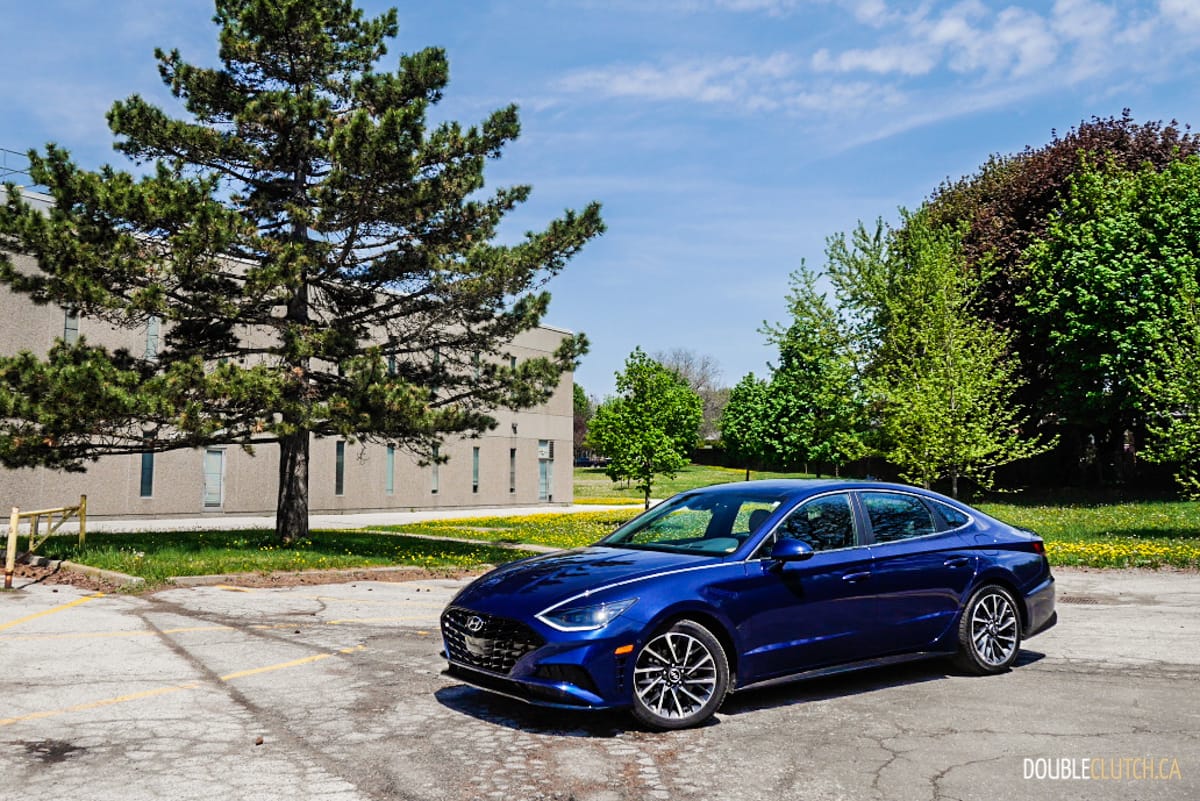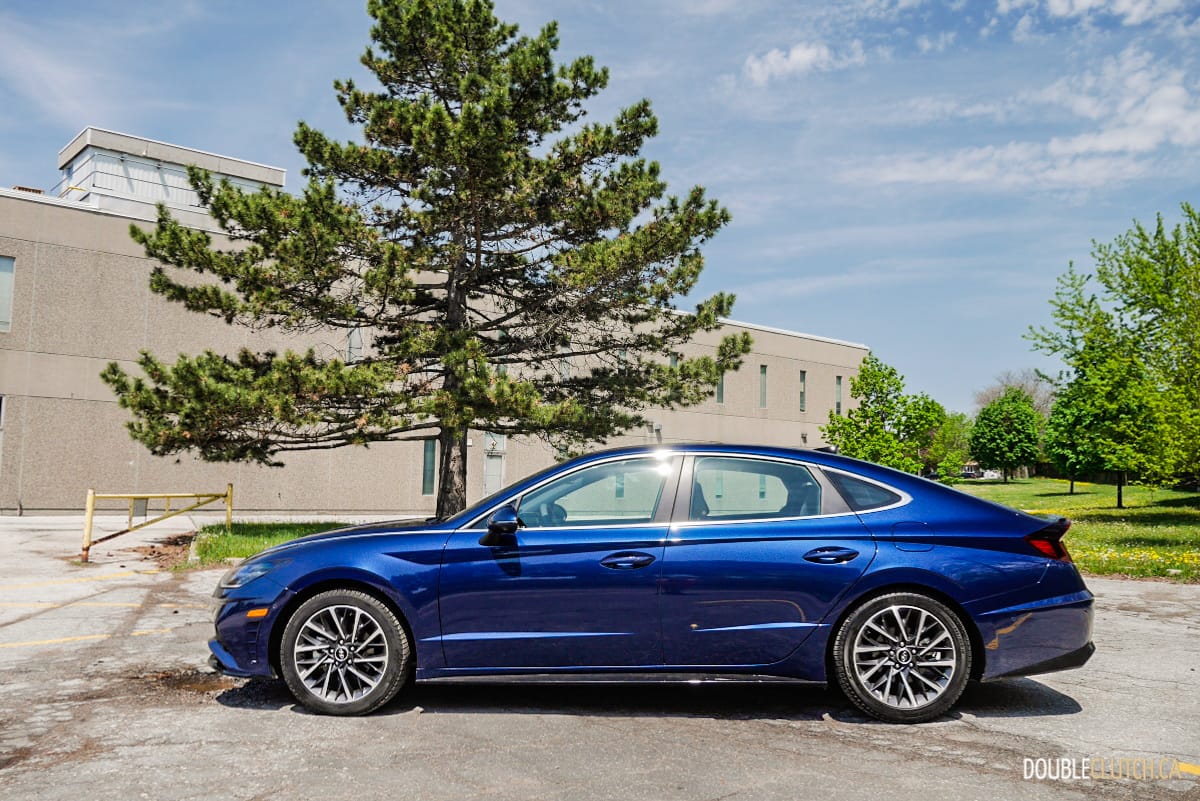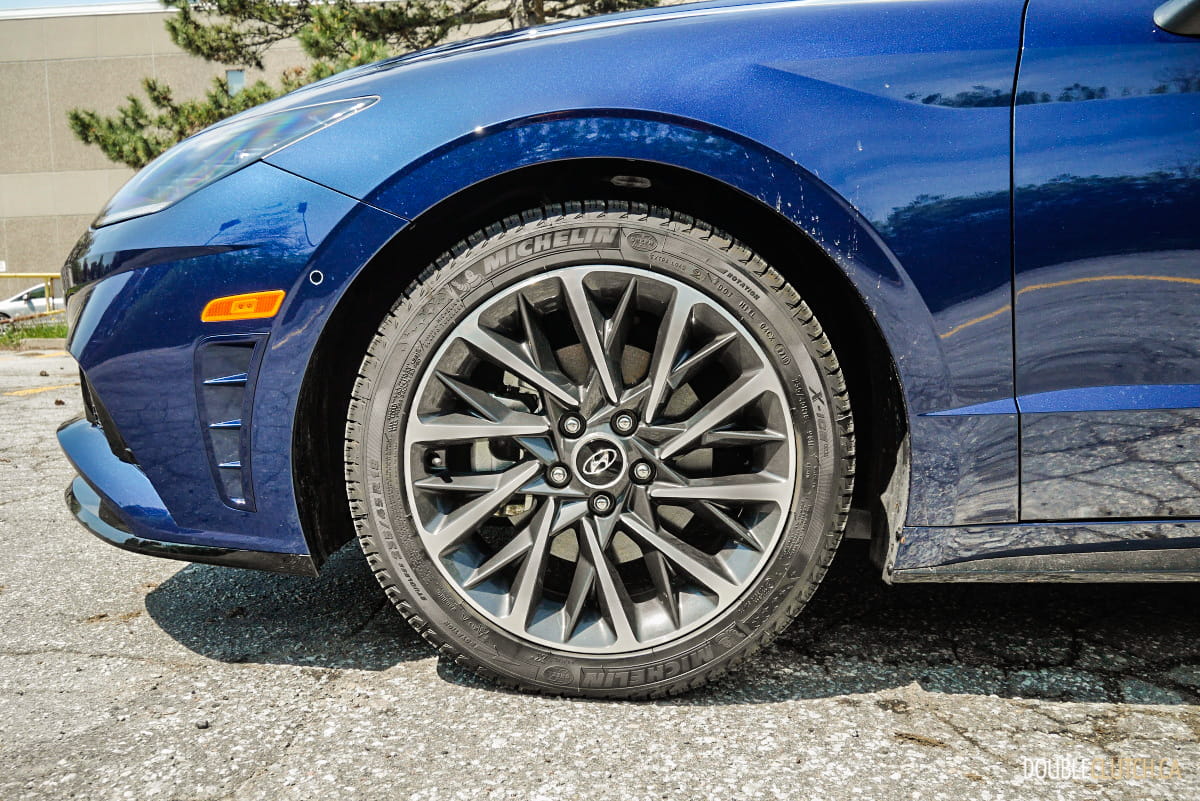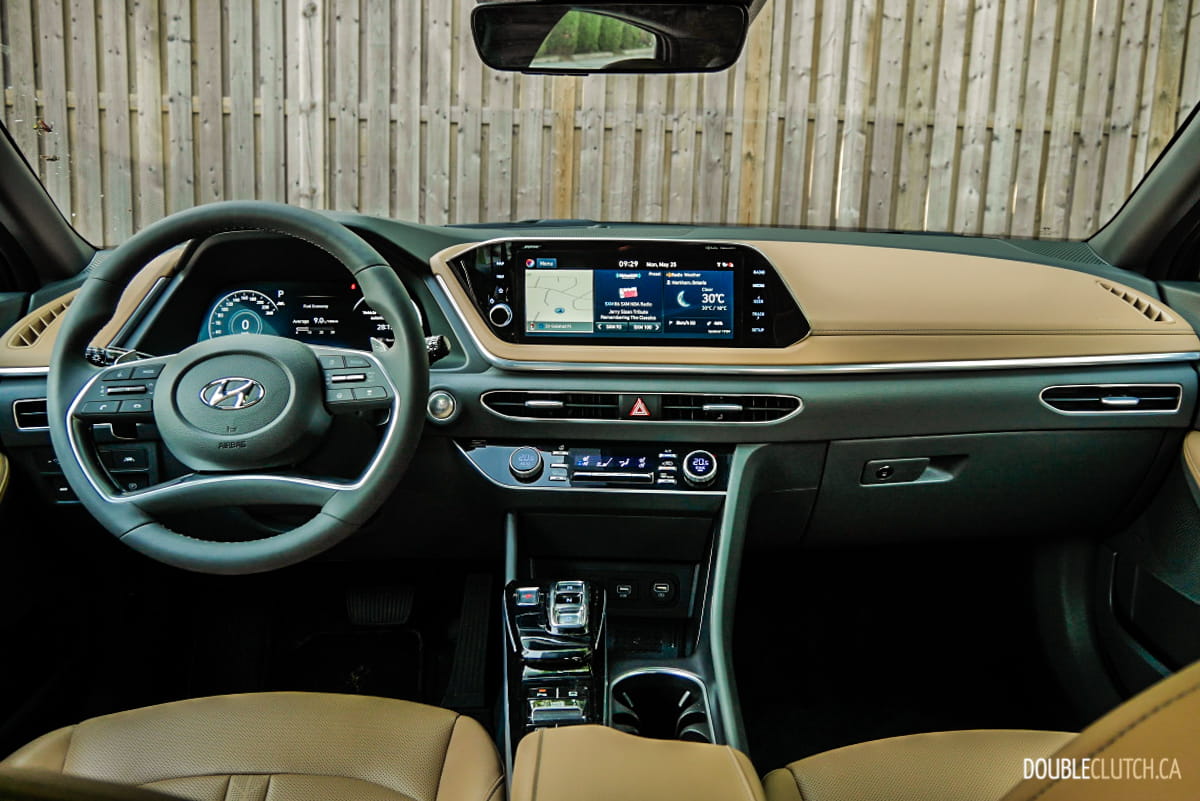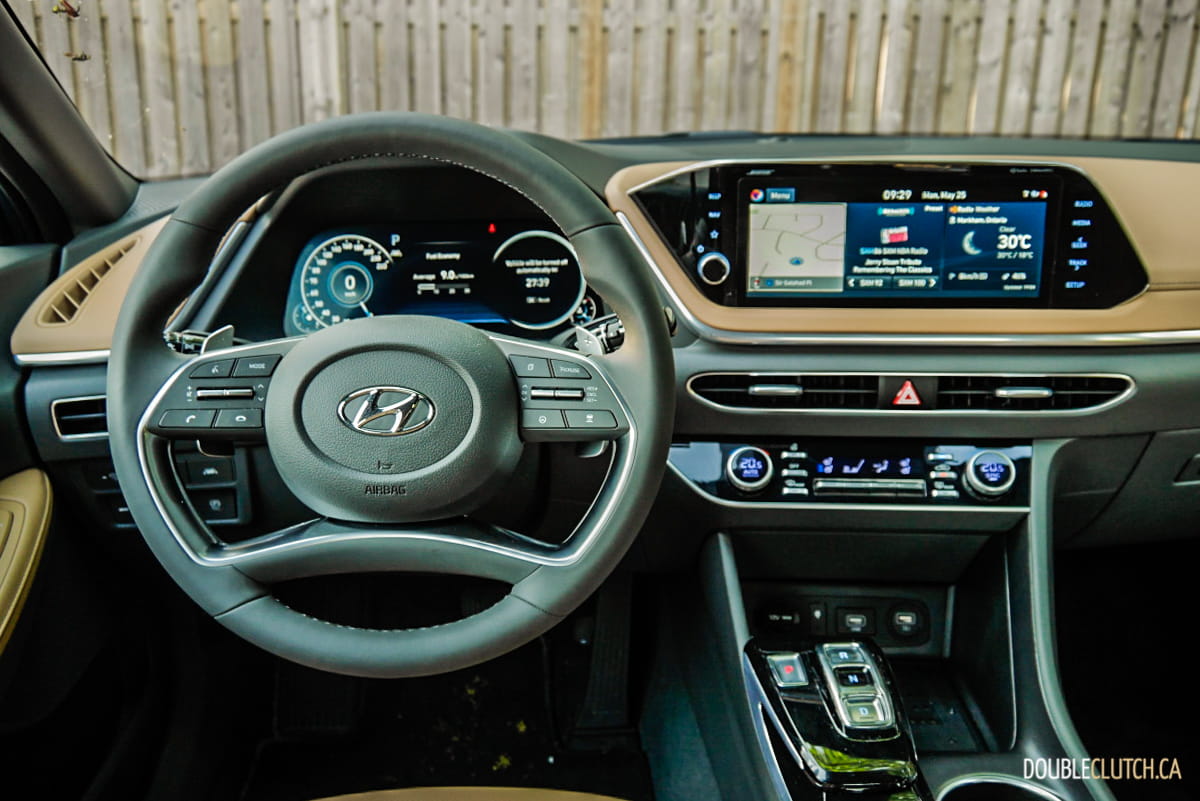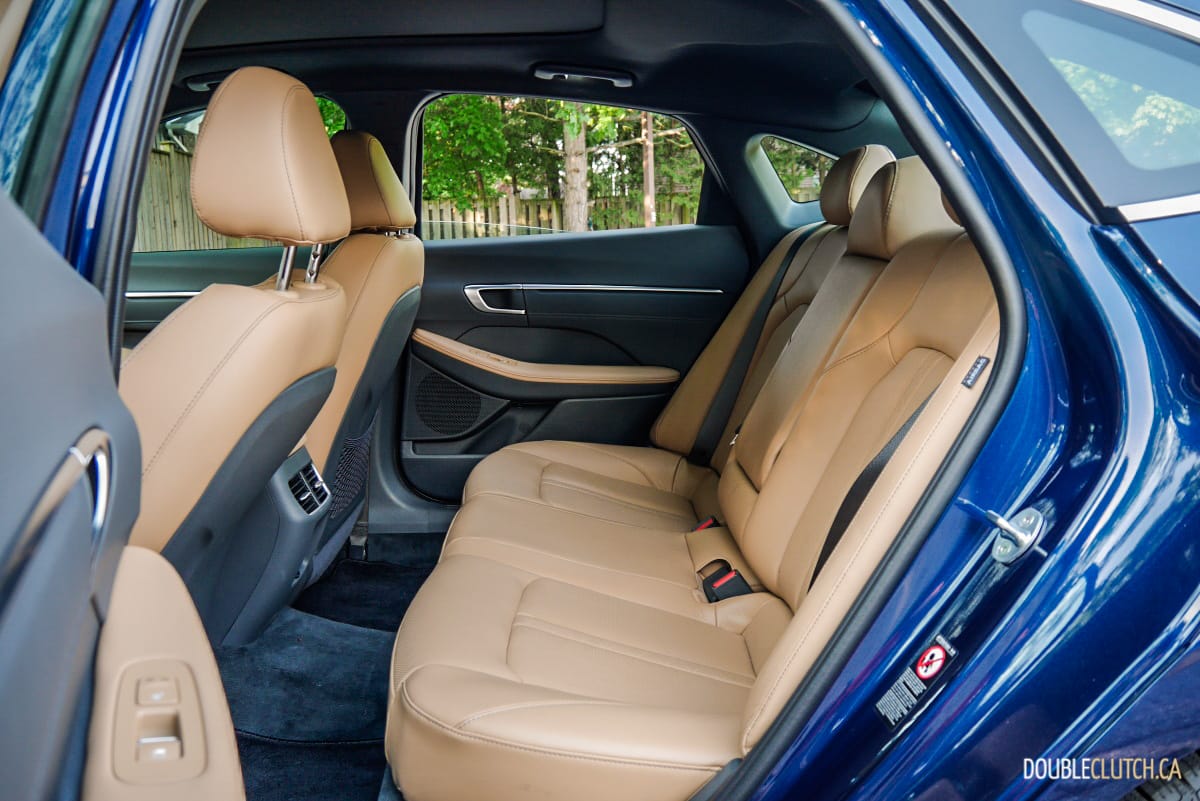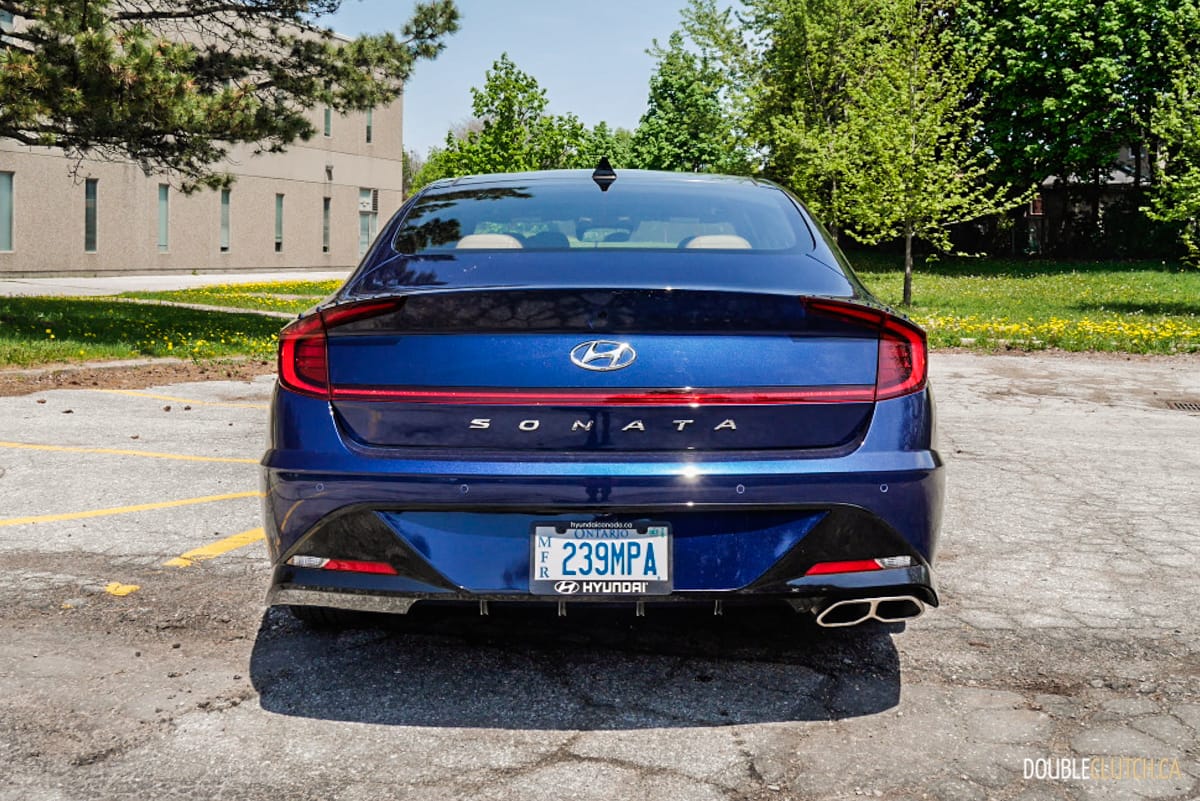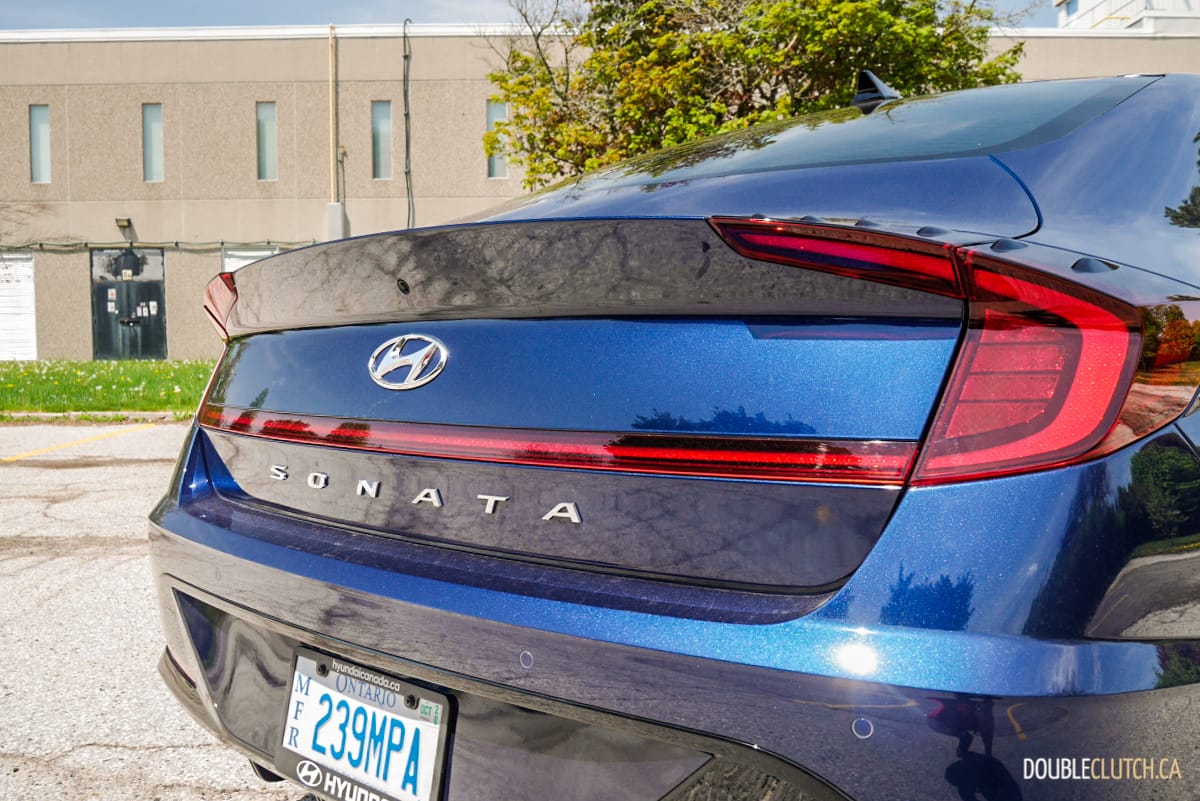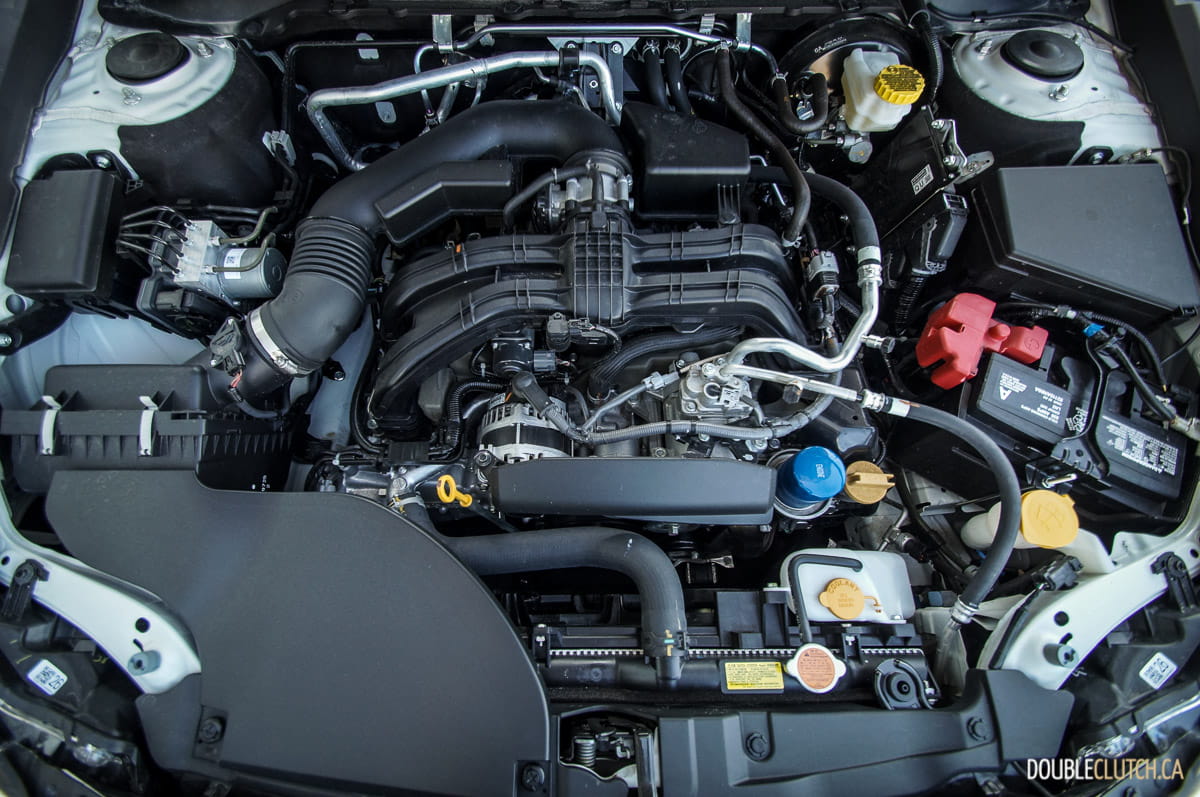Welcome to Avis. Oh wait, this isn’t the rental counter at LAX, it’s Toronto in late autumn. Still, our team has been given the keys to a brand 2021 Chevrolet Malibu LT to see how it fares against newer, stiffer competition. It may be good enough for rental fleets, but is it good enough to buy for everyday use?
On the styling side of things, the Malibu is anonymous with some overwrought details. The facelifted front end gets rid of the sad manatee face of early models but the excessive and distasteful brightwork would be better suited to a 2004 Malibu than a 2020 model. In silhouette, the current Malibu displays the upside-down banana figure popularized by the first-generation Mercedes-Benz CLS. Indeed the Malibu’s best angle is from the back where the swooping roofline and intricate tail lamps combine to create a tasteful, modern aesthetic.
Step into the Malibu and it becomes apparent that GM’s designers must’ve finalized the dashboard contouring by repeatedly and relentlessly compressing a JPEG until serious loss of definition was noticed. The centre stack is angled towards the windscreen at a glare-prone angle while the contours on top of the dashboard are comically blocky. Panel textures range from low-rent to downright bizarre depending on trim level, with some trims appearing to have a mesh laundry bag pasted to the dash fascia.
Fortunately, it’s all quite easy to use. The infotainment system is responsive, crisp and straightforward and plenty of redundant controls are included. The climate control system has its own display that isn’t anchored to the infotainment, a welcome touch that makes temperature easy to discern at a glance. Steering wheel controls are logical and large enough to use with gloves on, while the illuminated USB port is easy to find in the dark.
Panel gaps are generally alright, although beveling of certain elements like the storage tray behind the shifter leads to an exaggerated appearance of panel gaps. Speaking of the shifter, it feels absolutely heinous with flimsy construction, miles of throw and possible mis-adjustment on our test car that made it difficult to tell if the Malibu was in drive or low. While our test car came equipped with heated seats and a heated steering wheel, neither offered satisfactory warmth. Could this be a result of America’s litigious culture? Likely not, as the heater seems to just be a ferret burrowed deep in the dashboard, gently blowing through the vents. There’s a certain irony in a car made by a Michigan-based company having a weak heater.
Driving the Chevrolet Malibu is where things improve a bit. The steering is a bit of a mixed bag. Under most conditions it’s light, numb and displays a bit of play, not in the steering rack or tie rods but in when the electric power steering motor engages. This can contribute to a bit of a wander on the freeway and strange childhood flashbacks of playing Mario Kart with a Mad Catz wheel as a kid. Load the front end up however, and the tune changes remarkably. See, the Malibu’s chassis is actually quite good, displaying proper damping, solid grip and remarkable stability. And when the chassis is pushed, the steering rises to the occasion by chugging some pre-workout and weighting up beautifully.
As for motivation, the Malibu is powered by a 1.5-litre turbocharged four-cylinder engine making 163 horsepower and 184 lb-ft. of torque hitched to a continuously variable transmission. It’s a powertrain that fades into the background easily, displaying no bad traits other than a complete lack of motivation to go anywhere. Nought to 100 km/h feels best measured using a sundial, a shame considering the CVT is actually a good one. Stick it in manual mode and not only will it hold without upshifting, the programmed ratios are surprisingly crisp. Perhaps a sport button would help. As for fuel economy, we averaged mid-8s in mixed driving, a somewhat disappointing result considering the Volkswagen Passat packs a larger, punchier engine yet returned similar numbers.
Get the Malibu up to highway speeds and it’s notably quite noisy compared to its competitors. The powertrain itself is remarkably hushed but wind and road noise is substantially higher than on Camry, Accord and Mazda 6. The inclusion of a panoramic moonroof is unlikely to help quell wind noise and may best be avoided despite how nice it is to have. Cranking up the standard stereo does nigh-on nothing to mitigate the road noise as it’s surprisingly impotent. Bass and midrange are quite distorted and the system just doesn’t have the amplification to go very loud. Even people who aren’t into stereo equipment would be best to pony up for the premium audio system.
Springing for the Malibu’s Driver Confidence I and II package nets automatic high-beams, rear park assist, a following distance indicator, automated emergency braking, lane-keep assist, blind-spot monitoring and rear cross-traffic alert. Notice something missing? That’s right, there’s adaptive cruise control to be found. A huge disappointment considering Toyota makes it standard. As for the systems that do exist, some are good and some aren’t. While the lane-keep assist did a great job of keeping the Malibu centred in its lane, the blind-spot monitoring indicator didn’t light up until another car was several feet into the Malibu’s blind spot. Annoying at best, dangerous at worst and a great reminder that advanced safety systems do not replace proper safe driving procedures.
In summation, the 2021 Chevrolet Malibu LT is very GM. It could have been spectacular but there’s just this sense that something got lost between the committees and the bean counters. There’s definitely stuff to like about it, but there’s a lot to not like about it. Our mid-range LT test car may have a base price of $27,748 but it came equipped with the $4,500 LT Plus package, the $1,770 Driver Confidence I and II packages that include safety assists other manufacturers make standard, the $995 Midnight Edition package which blacks out the trim and the $495 Mosaic Black paint for a grand total of $35,508. At that price, it’s a very difficult car to recommend when the Toyota Camry, Honda Accord, Mazda 6, Hyundai Sonata, and others are all better options.

